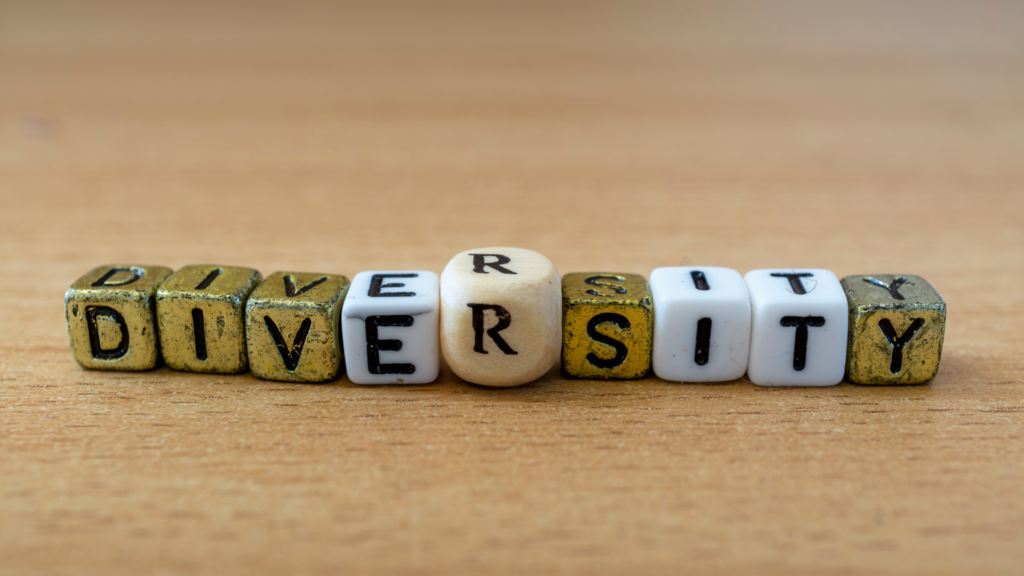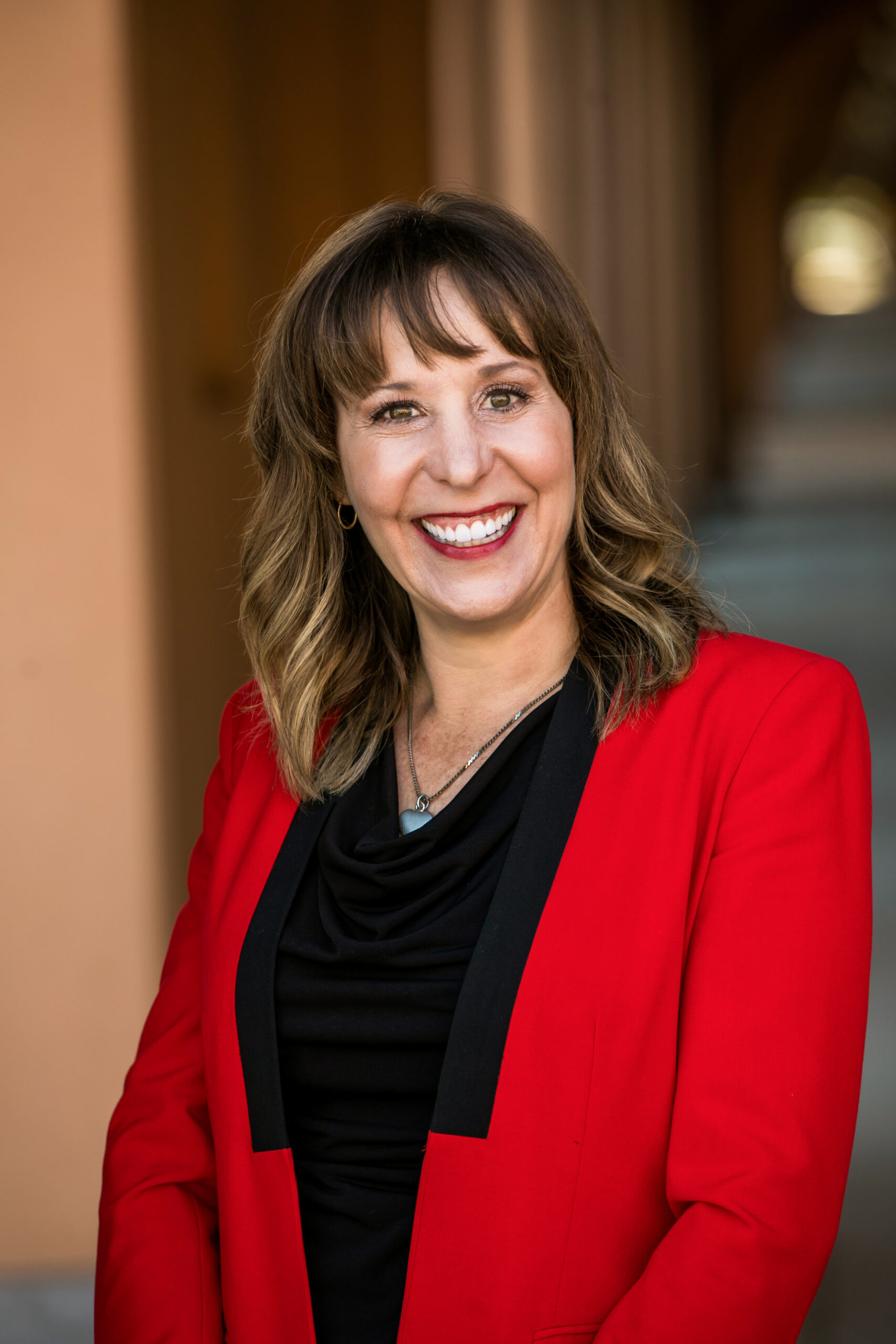Earlier this year, I wrote a blog titled “DEI needed if hiring on merit is your goal” in response to Trump’s vow to “create a society that is blind to color and based on merit”. Based on the response I received, it quickly became clear that Trump isn’t the only one who thinks diversity, equity and inclusion (DEI) is affirmative action.
Somewhere along the way diversity became a dirty word. Misunderstood, politicized, and avoided altogether in workplace conversations.
Let’s set the record straight. Affirmative action may be one item on the list of actions an employer can take to build a diverse workforce, but it’s just one item on a very long list of options to build a diverse workforce, ensure everyone feels included, and are treated equitably.
Yet somehow here we are, treating DEI like it’s taboo, and still hearing people mutter things like, “I’m fine with DEI as long as qualified people aren’t overlooked.” The irony here is that this is exactly what DEI is about. It’s all about ensuring qualified people aren’t overlooked. It’s about giving all qualified people the chance to show off their talents.
For those of us who know that, it’s maddening to see and hear that affirmative action has become how society defines DEI.
Diversity Isn’t What You Think It Is
Diversity isn’t about checking a box. It isn’t about quotas.
It’s about recognizing that various people have various talents, and that some people don’t have the same opportunities to show their talents off because of their socioeconomic class, gender, race, disability, or other characteristics.
It’s recognizing that bias could keep a woman pushed down in an organization whose leaders are all men, for example. It’s believing all of the valid research out there showing resumes with “cultural” names are less likely to get a call back than those with “white” names. (That is, equally or more qualified people with “cultural” names are being overlooked. Isn’t that what opponents of DEI say they don’t want?)
In fact, diversity is a strategic advantage:
- Companies with both gender and ethnic diversity in executive teams are on average 9 percent more likely to outperform their peers.
- 76% of job seekers care about a company’s diversity when considering where to work.
- DEI efforts are valued by employees and can contribute to a more harmonious and inclusive workplace environment
If Diversity Isn’t Defined by Affirmative Action, Then What Is It?
Welp, building a diverse workforce includes many options. Hundreds, in fact. But here are just a few ideas:
- Beginning recruiting efforts in the early stages of life by offering mentor programs to schools in lower socioeconomic areas, so that you can locate the most qualified there and invite them to apply for jobs when the time comes. Newsflash, there’s probably a whole lot of qualified people there who get overlooked without programs like this. Take Etsy, for example, who has programs for young ladies to learn to code because they figured out that the most qualified coders can also be women, in addition to men.
- Using a diverse panel of interviewers with varied backgrounds to bring multiple perspectives in assessing candidates, and ultimately ensure the most qualified person is hired, not the one who is most similar looking to the boss.
- Providing in-house mentoring programs for employees in underrepresented groups, so the most qualified in that underrepresented group can get the same opportunities as those in the main group who are more easily seen and heard because they’re, well, represented.
- Offering workshops and training to the workforce so they can learn about things like effective intercultural communication, engaging in empathy and civility, how bias affects their decisions and behavior, and how to speak up if they believe someone is being overlooked or mistreated. All of this is so that the workforce doesn’t unintentionally keep qualified people pushed down in the organization just because they have a thick accent, for example.
- Offering flexible work or remote options so the most qualified person can work for you, even if they’re also a parent or caretaker who’s got responsibilities during parts of the workday.
- Offering healthcare options that cover a range of needs, including mental health services and support for various situations, so that the most qualified person who may also suffer from depression can be on your team.
- Delivering workforce surveys to understand whether the workforce perceives if qualified people in underrepresented groups are overlooked due to being, well, underrepresented.
What We’re Missing
Unfortunately, many workplaces unintentionally create cultures where some people thrive while others only get the opportunity to survive.
Here’s a simple example. My friend’s workplace was having a potluck lunch recently, and once my friend heard the list of what everyone planned to bring, she realized one person wouldn’t have anything to eat given her health and religious dietary restrictions. So, my friend made a dish specifically so that the one co-worker would have something to eat. My wonderful friend highlighted that diversity is compassion. It’s recognizing that the employee would be left out, and doing something about it.
Now that was just lunch, but for many, lack of DEI programming equates to not being considered for jobs, promotions, or leadership roles.
Other subtle forms of exclusion might look like:
- Speaking louder to someone with an accent, assuming they won’t understand otherwise.
- Holding after-hours meetings, expecting parents or caregivers to just “figure it out.”
- Making decisions over drinks or in the group chat where not everyone is included.
- Judging a quieter team member as “disengaged” when their communication style is just different.
These behaviors may seem small, but they add up. They create invisible barriers that push people to the margins. Once again, DEI isn’t about giving unqualified people jobs. (How many times does this need to be said?!) It’s about including people. Period.
Time to Reframe the Conversation
Let’s stop dancing around the word “diversity” like it’s a liability. Let’s stop confusing DEI with “affirmative action” and start understanding it as a company culture strategy – one that unlocks engagement and performance because people feel like they belong.
If you want to work in a place where people feel respected, seen, and valued, this is the work you have to do. If you’re not sure where to start, we can help:
- Identify cultural blind spots
- Train teams on inclusive behaviors
- Embed DEI into business strategy
Diversity isn’t a dirty word. It’s your organization’s untapped strength. Let’s talk about what happens when we finally treat it that way.



